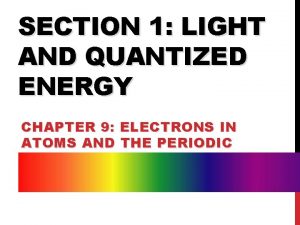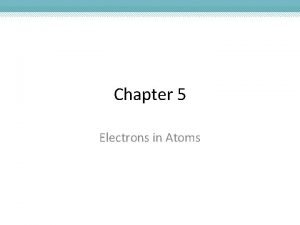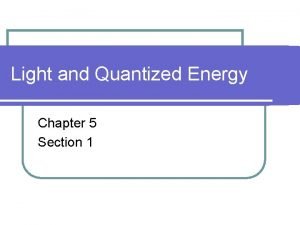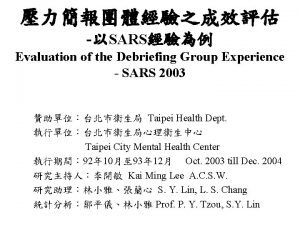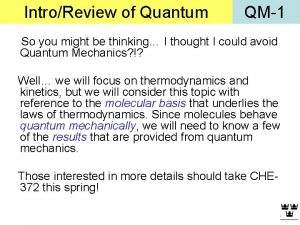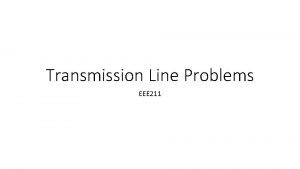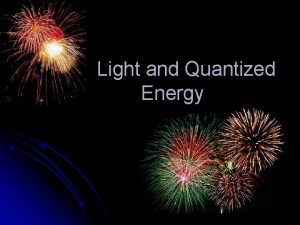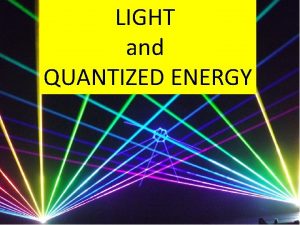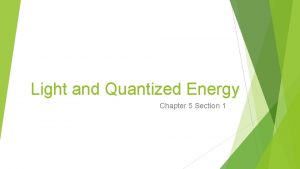I Light and Quantized Energy Cont C Wave









- Slides: 9

I. Light and Quantized Energy (Cont. )

C. Wave Model Shortcomings Wave Model failed to explain light’s interaction with matter Why did heated objects emit only certain frequencies of light? Why did some metals emit electrons when colored light of a specific frequency shines on them?

C. Quantized Energy 1900 – Max Planck comes to conclusion: matter can gain or lose energy ONLY in small, specific amounts called quanta. Quantum – the minimum amount of energy that can be gained or lost by an atom Prior thought = E could be absorbed/emitted in varying quantities

C. Quantized Energy Cont. Planck energy of a quantum is related to frequency of the emitted radiation Equantum = hν E = Energy (Joules; J) h = 6. 626 x 10 -34 J • s (Planck’s Constant) ν = frequency (Hz ; 1/s ; s-1)

Despite Planck’s proposal, the wave model was still very popular…

D. Photoelectric Effect Wave model could not explain the Photoelectric Effect – electrons (photoelectrons) are emitted from a metal’s surface when light of a certain frequency shines on the surface

D. Photoelectric Effect Cont. Photoelectric Effect Uses Automatic Doors Intrusion Alarms Solar Panels Solar Powered Calculators

D. Photoelectric Effect Cont. Where the wave model fails: Light with frequency less than 1. 14 x 1015 Hz does not eject photoelectrons from silver (no matter how intense or how long it shines) Dim light having a frequency equal to or greater than 1. 14 x 1015 Hz will

E. Particle Nature of Light To explain photoelectric effect, Albert Einstein proposed that light behaves like a particle Think of as a stream of tiny particles (bundles of energy) called photons Photons – particle of electromagnetic radiation with no mass that carries a quantum of energy
